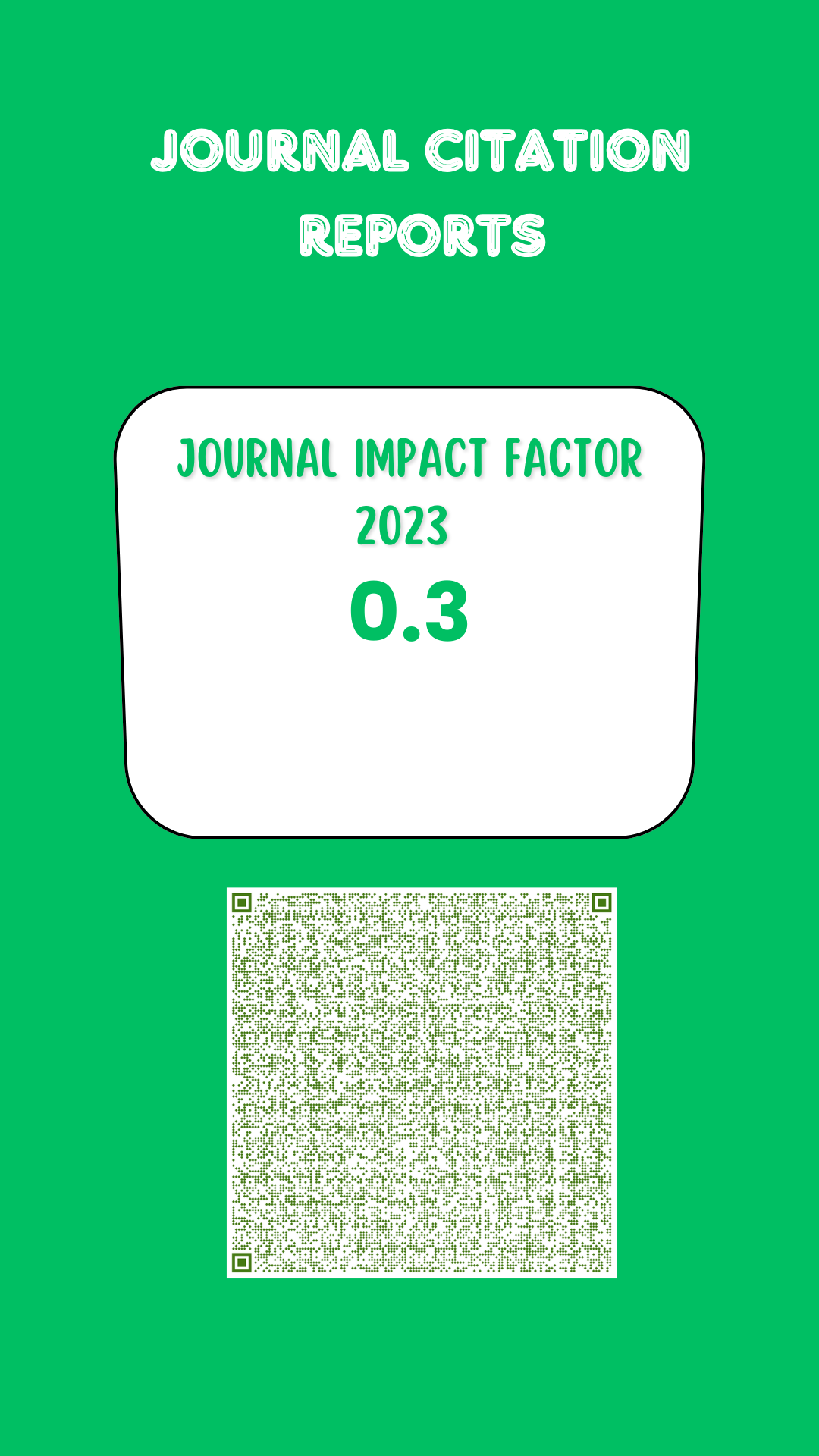CONCENTRATION OF NUTRIENTS AND C:N:P RATIOS IN SURFACE SEDIMENTS OF A TROPICAL COASTAL LAGOON COMPLEX AFFECTED BY AGRICULTURAL RUNOFF
DOI:
https://doi.org/10.19136/era.a27n2.119Keywords:
Nutrients in sediments, tropical coastal lagoon, agricultural runoffAbstract
The content of nutrients and the C:N:P ratios were analysed in the sediment of a tropical coastal lagoon system in northwestern Mexico, that receives heavy agricultural runoff since 1950. The relationship between the C:N:P ratios and the sediment type was evaluated in the coastal lagoon system of Bahía de Altata-Ensenada del Pabellón in order to identify the possible origins of the organic matter, from phytoplancton, mangroves, river inflow or agricultural wastewaters. In general, the results of the nutrient content analyses fell into two groups based on the particle size of the sediment: 1) sandy sediments in Bahía de Altata where the concentration of carbon varied from 662 to 974 µmol g1, that of nitrogen from 11 to 75 µmol g1 and that of phosphorus from 11 to 27 µmol g1, with a molar ratio of 34-66:1-5:1, and 2) silty clay sediments in Laguna Ensenada del Pabellón with high contents of carbon (2324 to 4080 µmol g1), nitrogen (121 to 635 µmol g1) and phosphorus (18 to 40 µmol g1), and a high C:N:P ratio (102-202:6-16:1). This distribution is associated with agricultural runoff and discharges from a sugar cane processing factory.Downloads
Downloads
Published
Issue
Section
License
Aviso de copyright
Los autores que se envían a esta revista aceptan los siguientes términos:
una. Los autores conservan los derechos de autor y garantizan a la revista el derecho a ser la primera publicación del trabajo con una licencia de atribución de Creative Commons que permite a otros compartir el trabajo con un reconocimiento de la autoría del trabajo y la publicación inicial en esta revista.
B. Los autores pueden establecer acuerdos complementarios separados para la distribución no exclusiva de la versión del trabajo publicado en la revista (por ejemplo, en un repositorio institucional o publicarlo en un libro), con un reconocimiento de su publicación inicial en esta revista.
C. Se permite y se anima a los autores a difundir su trabajo electrónicamente (por ejemplo, en repositorios institucionales o en su propio sitio web) antes y durante el proceso de envío, ya que puede conducir a intercambios productivos, así como a una cita más temprana y más extensa del trabajo publicado. (Consulte El efecto del acceso abierto).



